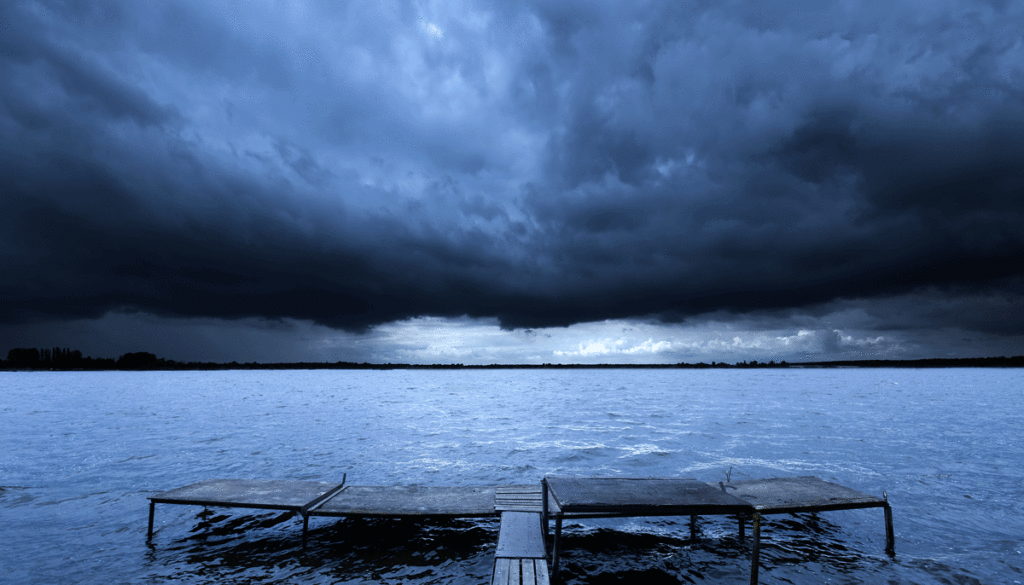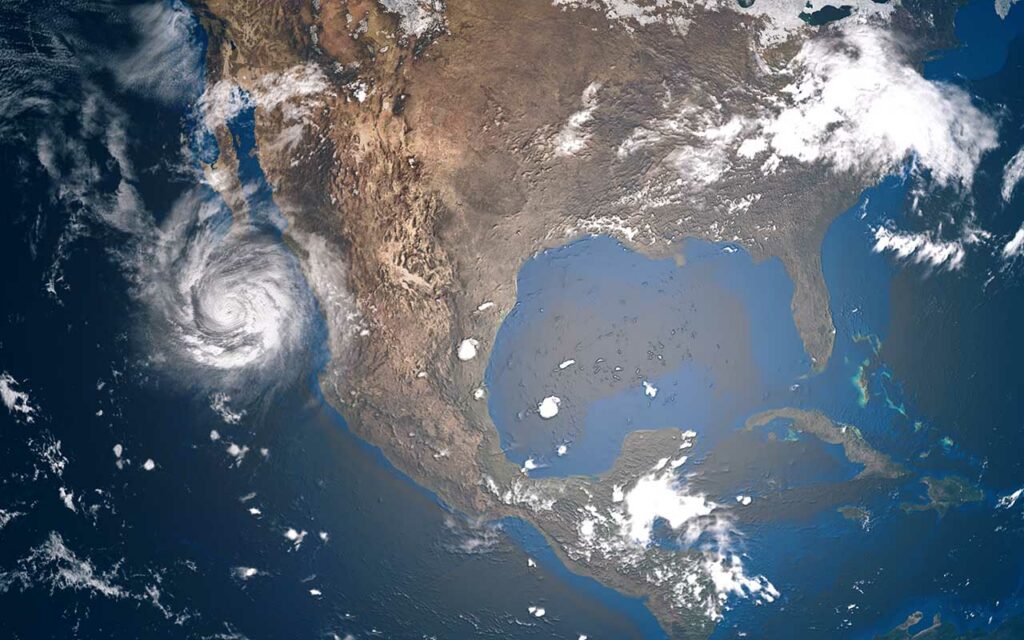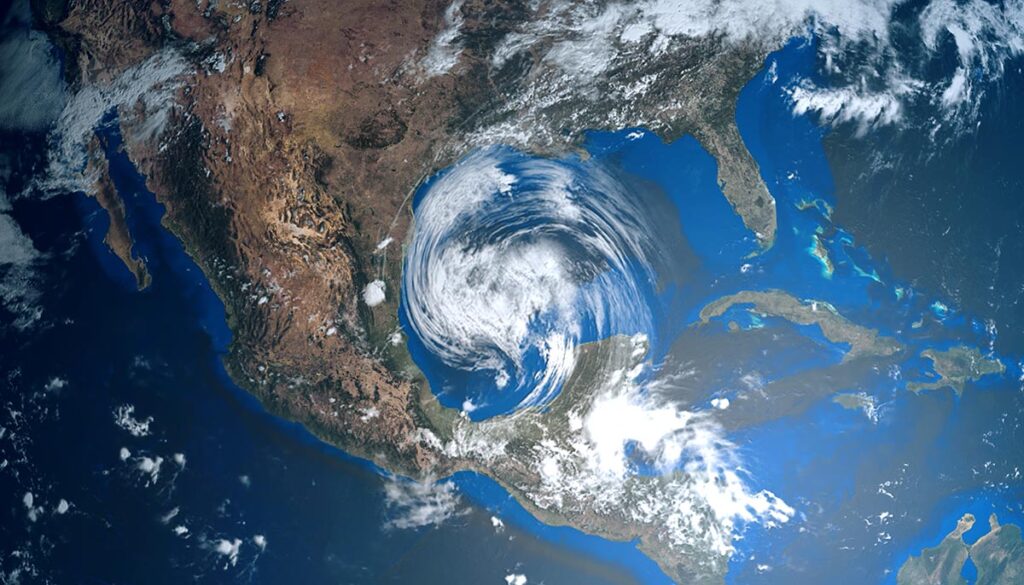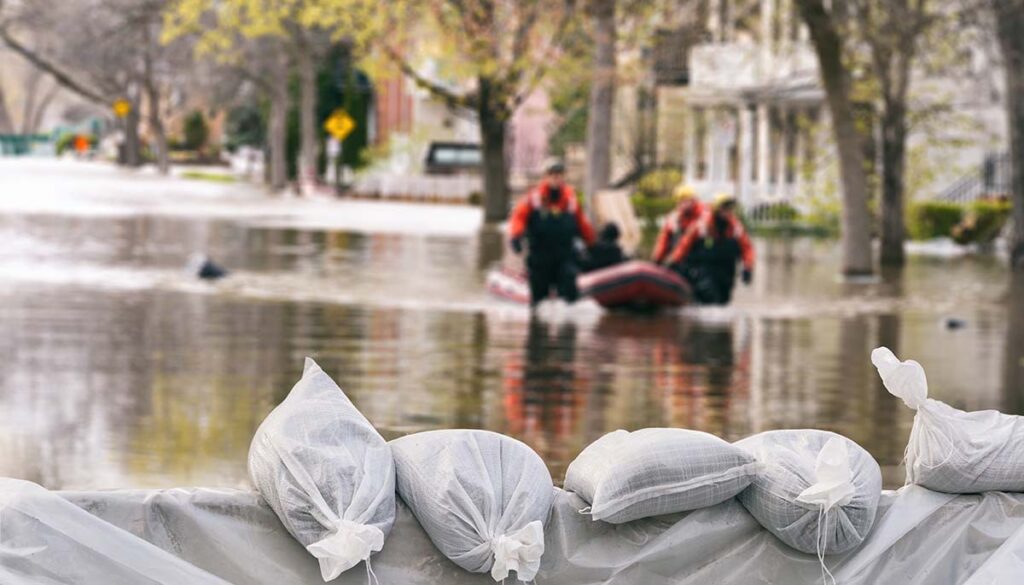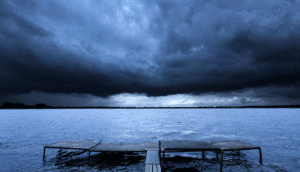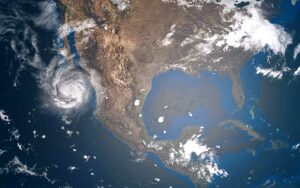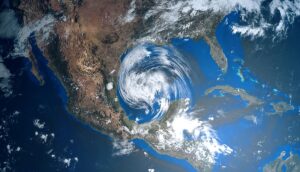In 1970, an unprecedented storm struck East Pakistan, the region known today as Bangladesh. As many as 500,000 people died as a direct result of the storm. The unique geography of the Bay of Bengal caused the storm’s unbelievable amount of damage. The record-breaking storm surge flooding caught the area unprepared, resulting in thousands of needless deaths.
The Bhola cyclone caused so much widespread devastation that its impacts directly led to the rise in tension between East Pakistan and Pakistan. The Bangladesh Liberation War and the eventual formation of the independent country of Bangladesh followed the storm, making it a pivotal point in the region’s history.
Storm Formation and Landfall
The Bhola cyclone formed over the Bay of Bengal from the remnants of Tropical Storm Nora. Nora spent two days over the South China Sea before dissipating. On November 8, 1970, the tropical depression began to intensify and move north toward East Pakistan.
By the time it made landfall over the region on November 12, it sported sustained 1-minute wind speeds of over 150 miles per hour. Two factors combined to make the storm particularly dangerous. The Ganges Delta’s high tide strikes in the evening, which is exactly when Bhola made landfall. To make matters worse, the cyclone brought a gargantuan storm surge in behind it.
Further complicating the issue, the populace in the area wasn’t given ample forewarning about the storm’s approach. The Indian weather service may have not shared vital information with Pakistan in the days before the cyclone arrived, owing to the countries’ frosty diplomatic relationship. Moreover, survivors of the storm claimed that the weather service understated the danger of the coming storm.
Damage and Death Toll
The Indian Ocean doesn’t have very frequent cyclones. Unlike the Atlantic and Pacific basins, the North Indian basin doesn’t have the conditions necessary to form numerous tropical storms every year. However, due to the geography of the Bay of Bengal, the Indian Ocean has been the site of some of the deadliest cyclones in history.
Eight of the ten deadliest storms ever occurred in the Bay of Bengal. This is because the Ganges Delta region is densely populated, and outlying islands receive the brunt of incoming storms. Storm surge flooding can wipe entire villages off the map, which is exactly what happened with Bhola.
The flooding was catastrophic. The storm claimed the lives of more than 45% of the population of Tazumuddin Upazila.
Political Ramifications
The storm would go on to shape the course of Bengali independence. People in East Pakistan roundly criticized the government of General Yahya Khan for sluggishly responding to the disaster. An opposition party called the Awami League won the 1970 general elections in East Pakistan. However, West Pakistan overtly ignored the outcome of the election and kept Yahya Khan’s junta in power. This disagreement directly led to the outbreak of the Bangladesh Liberation War in March 1971.
The war ended with the creation of an independent nation, with most UN member nations recognizing Bangladesh as a sovereign country in 1972. The 1970 Bhola cyclone is remembered as one of the most notable natural disasters in the recent history of South Asia because of this.

